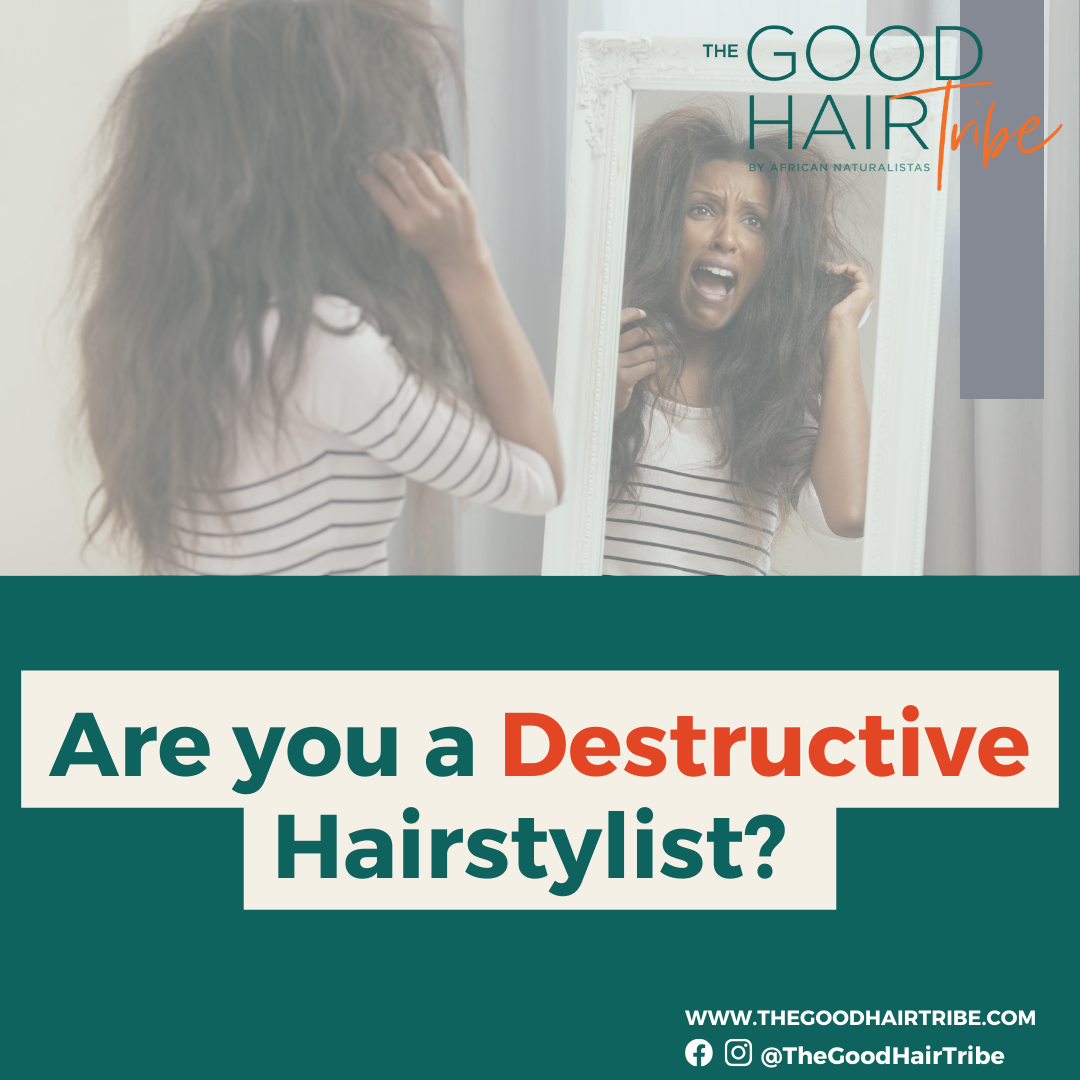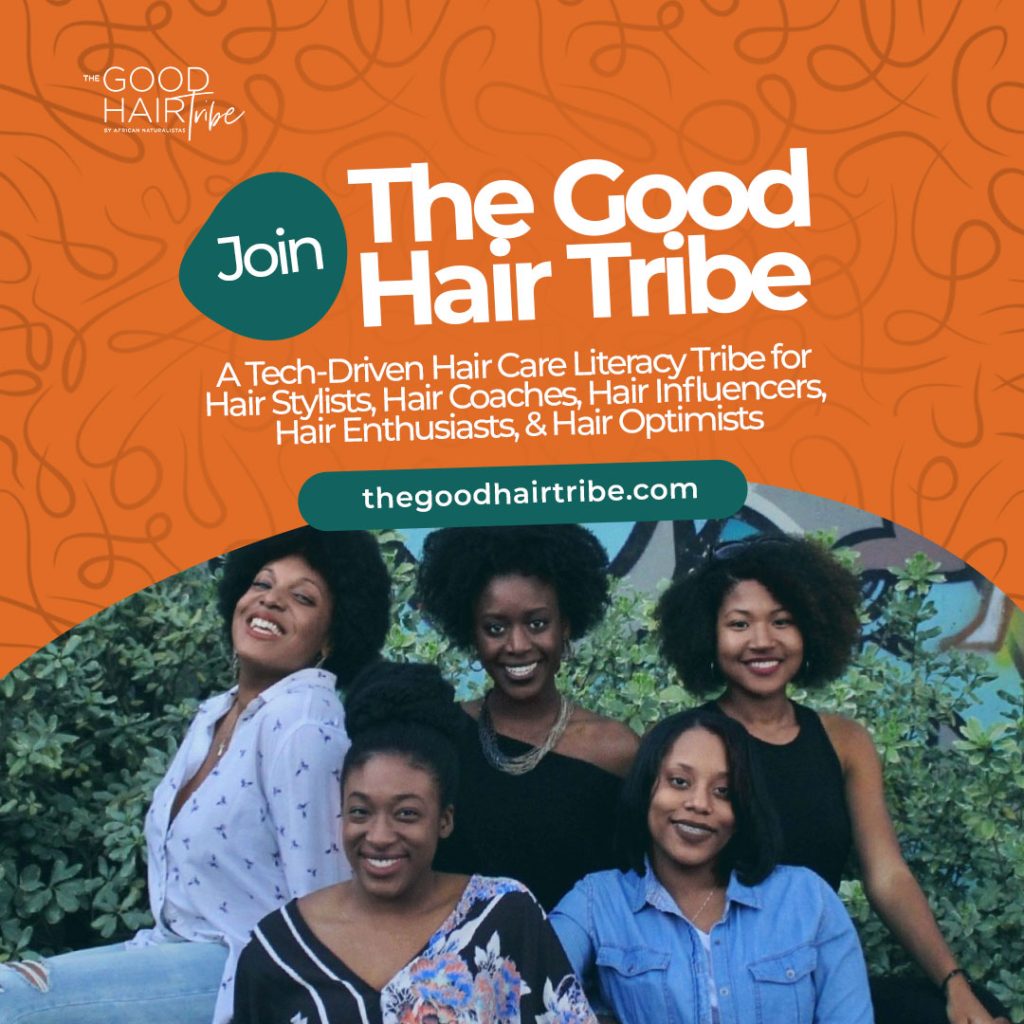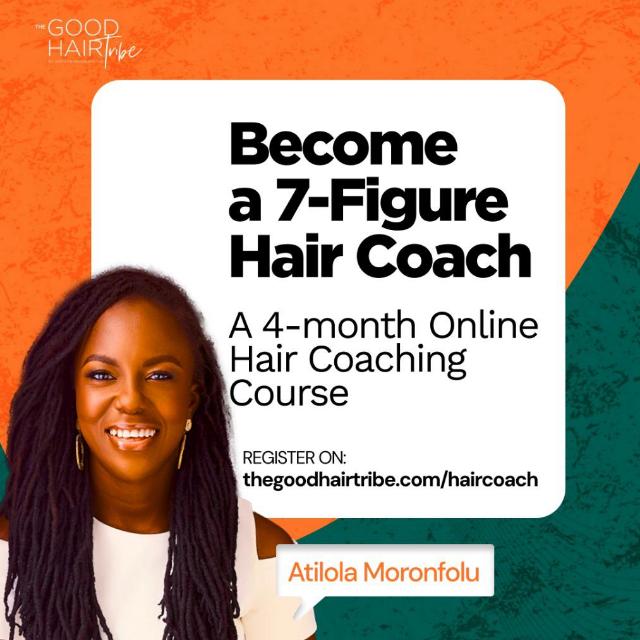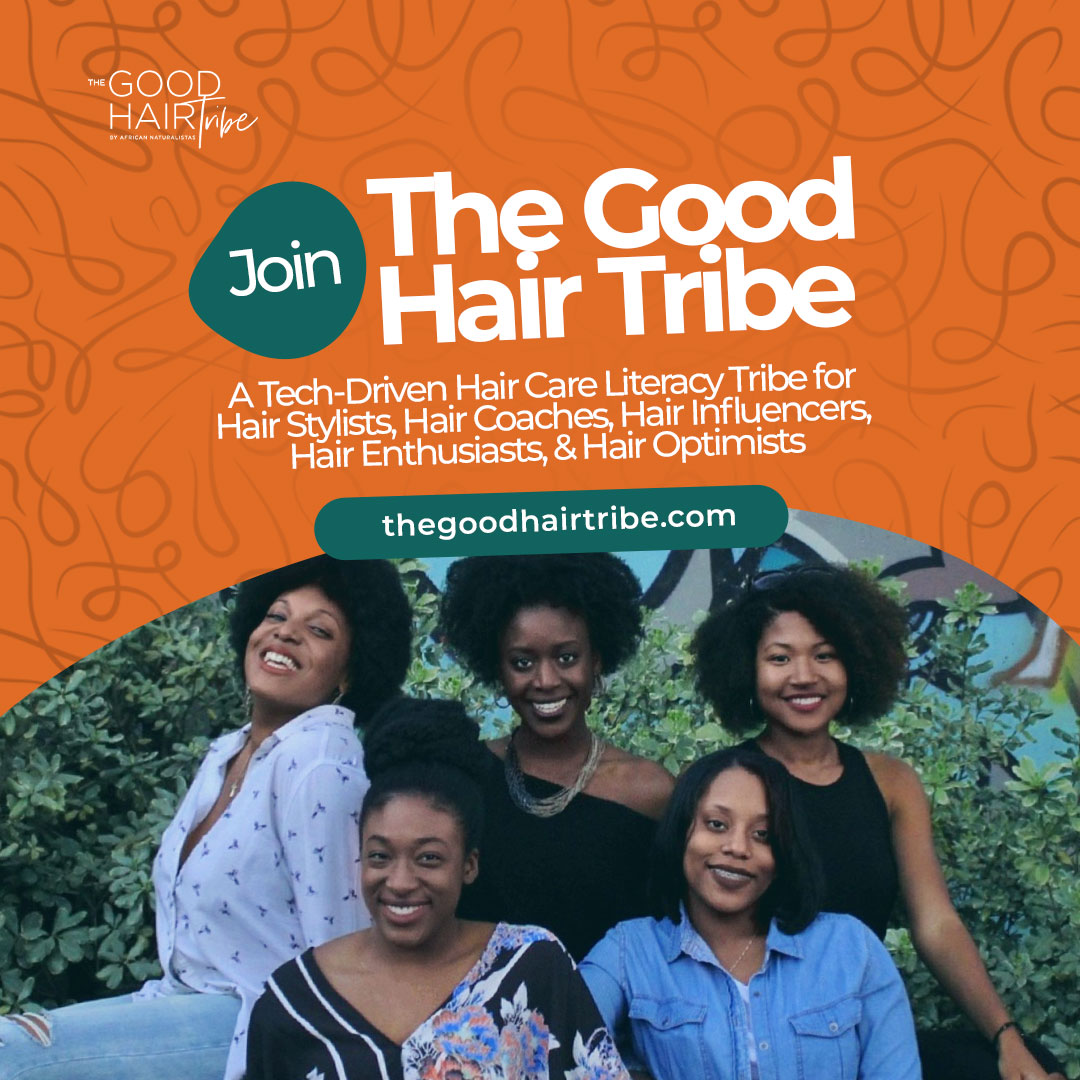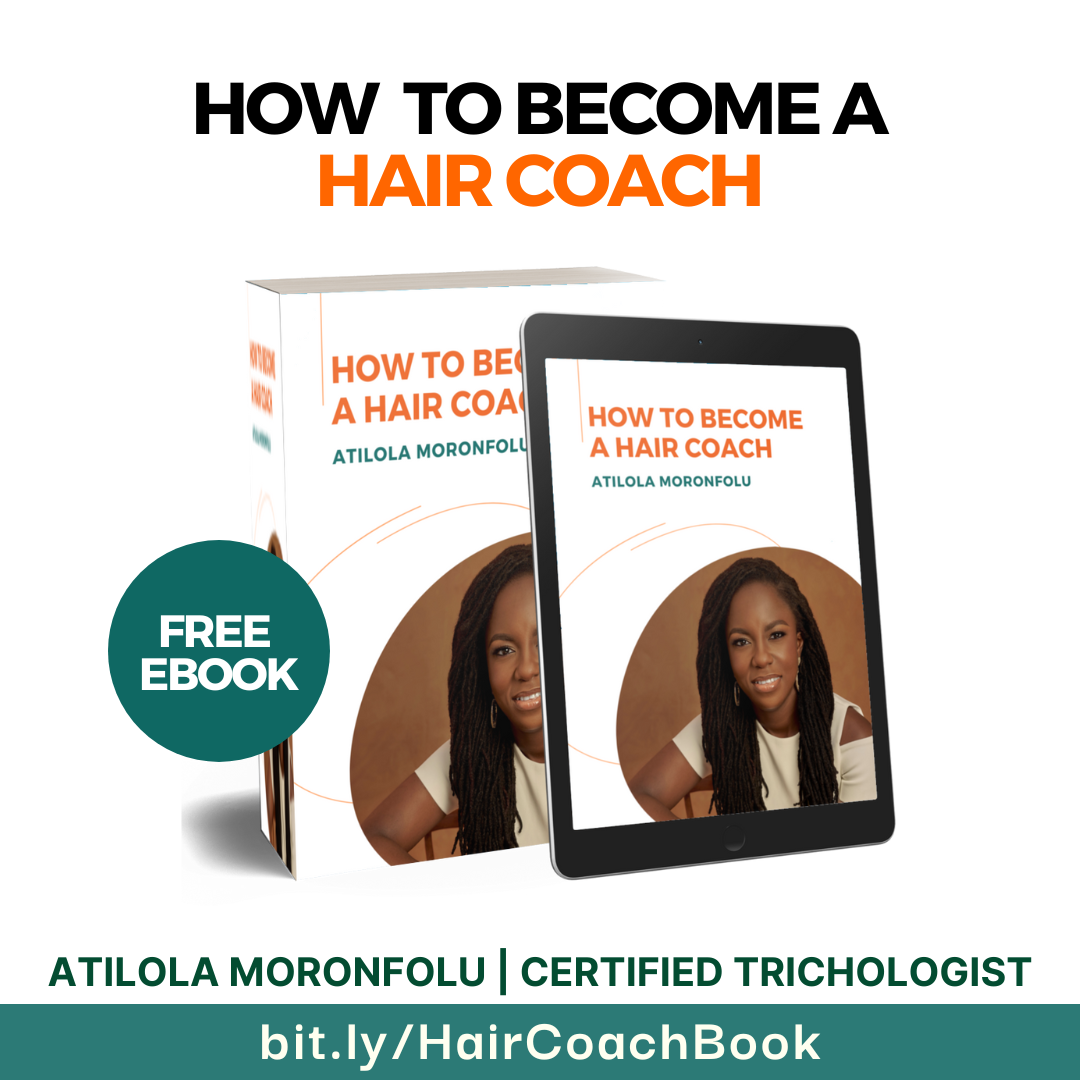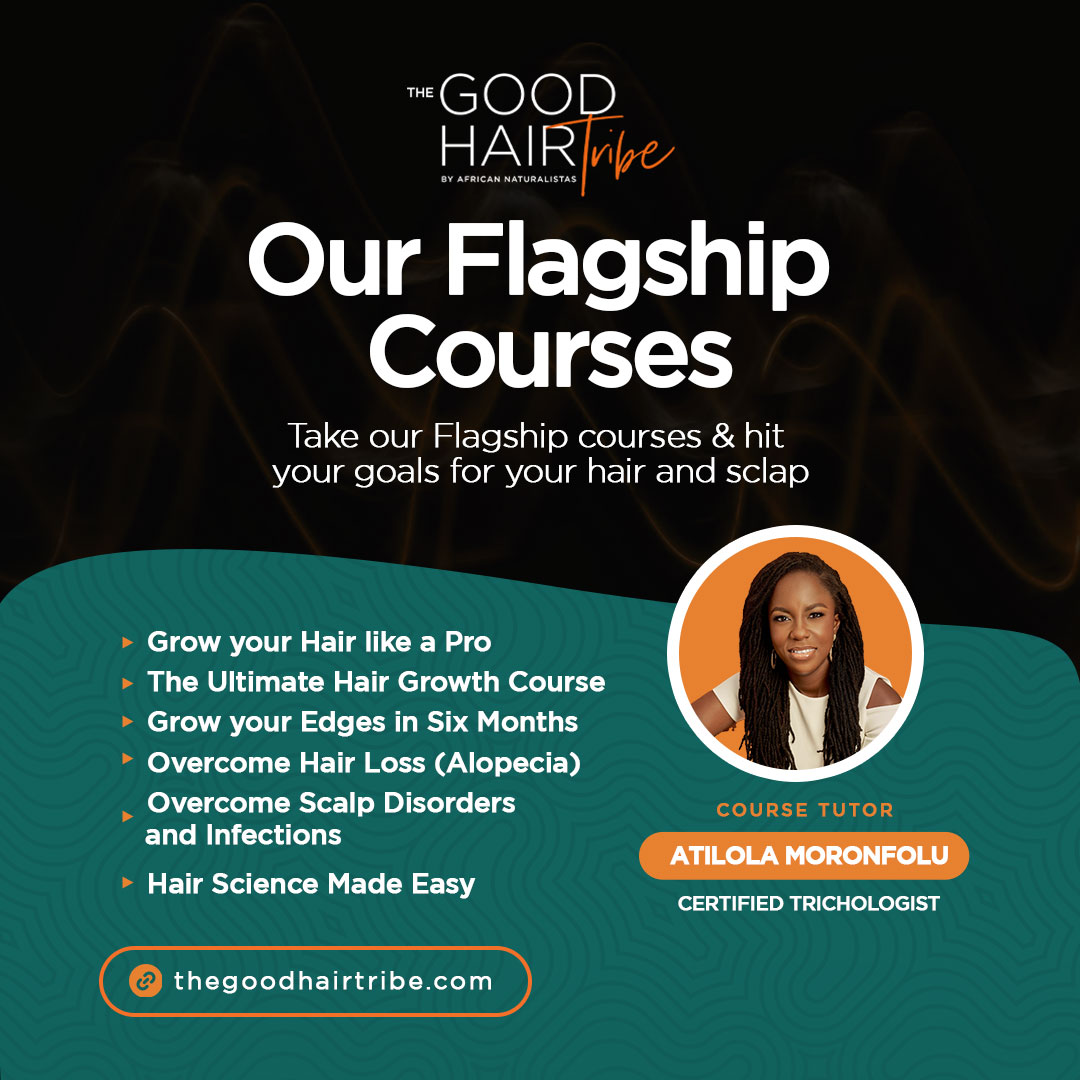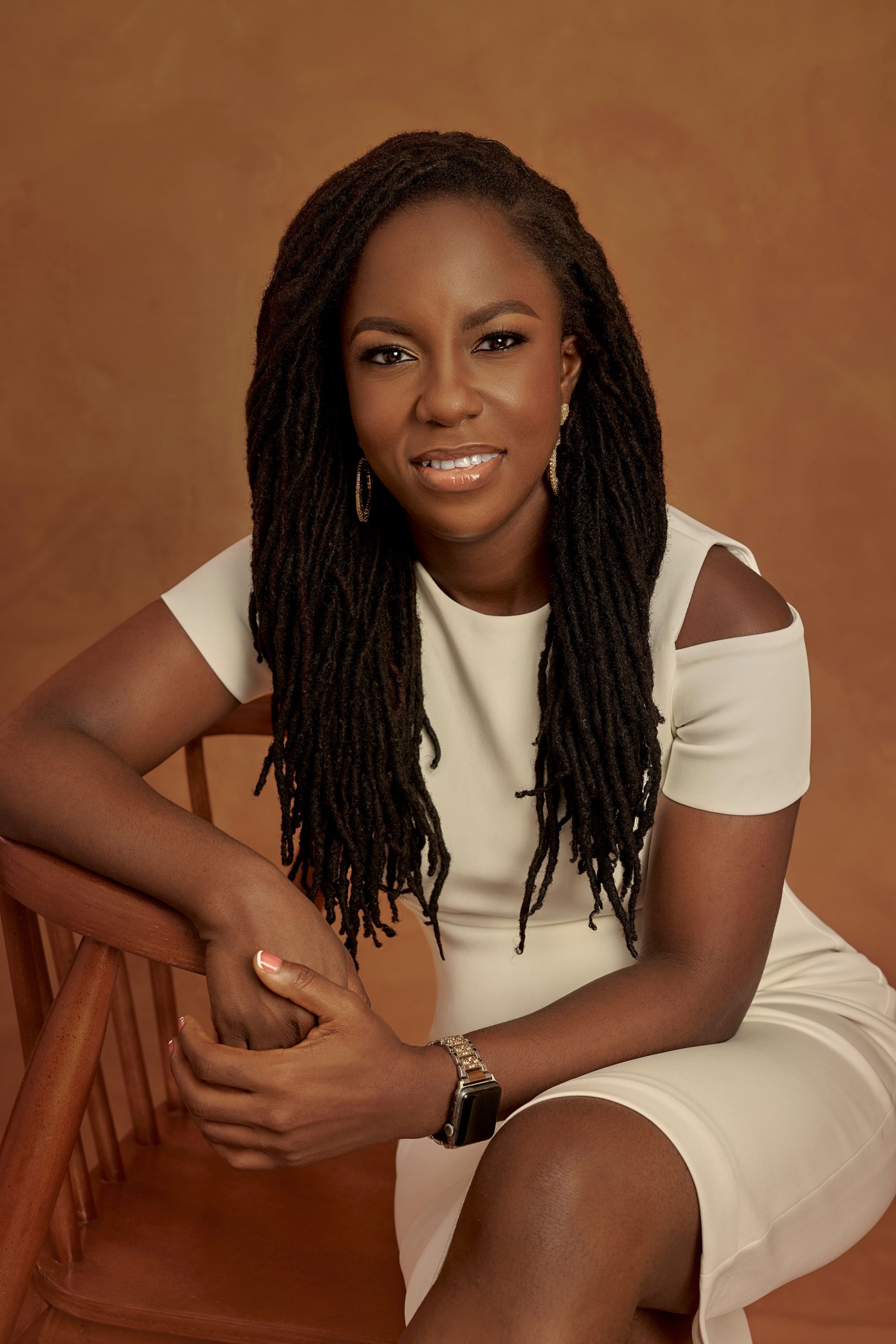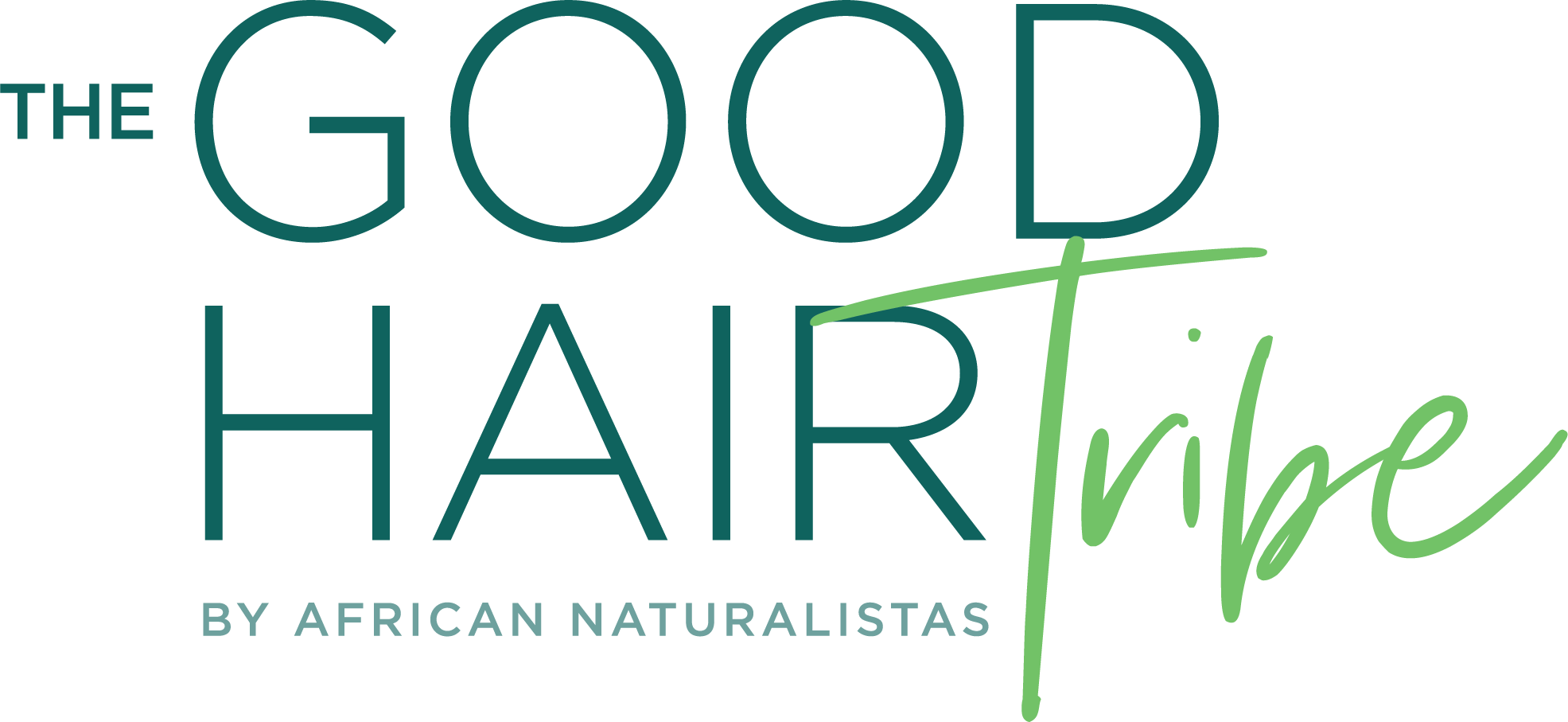Hairstylists who do more harm than good are tiring to deal with, aren't they? In this Blog post, we will define a Destructive Hairstylist as someone who consistently uses practices that damage their client's hair health and prioritizes achieving a particular look over their hair's well-being, often resulting in long-term damage.
If you're reading this, you likely agree that clients deserve the assurance of working with trustworthy, skilled professionals who prioritize their desired look and the health of their hair. Unfortunately, Destructive hairstylists disregard the well-being of their clients' hair. It's important to understand that as a Hairstylist, your role goes beyond mere cutting and styling; it involves caring for and ensuring your client's hair health. Always remember that as a Hairstylist, you are responsible for enhancing your clients' appearance and confidence.
So let's ensure you are not a Destructive Hairstylist, but one who will help clients maintain beautiful, healthy hair. Keep reading!
You are a Destructive Hairstylist if you do not consult with your Clients
Do you listen to your client's concerns about their hair and take appropriate action to address them? Ignoring your client's concerns regarding their hair health is one of the biggest mistakes you can make as a hairstylist. Taking the time to listen to your client's concerns, assess their hair health, and understand their desired outcomes enables you to serve your client better thus separating you from the pack and elevating your brand. Skipping this step can lead to miscommunications and unsatisfied clients.
You are a Destructive Hairstylist if you ignore Scalp Health
Do you use products that contain harsh chemicals or neglect to keep the scalp clean and nourished? A healthy scalp is essential for healthy hair growth. Ignoring scalp issues such as dandruff, dryness, or irritation can exacerbate hair loss and other problems. Be sure to address scalp concerns and recommend appropriate treatments or products to improve scalp health. Learn more about scalp disorders and infections at The Good Hair Tribe
You are a Destructive Hairstylist if you ignore signs of Hair Damage
Are you attentive to your client's hair health? Do you notice signs of damage such as excessive shedding, thinning, or scalp irritation? Hairstylists are attentive to their client's hair and scalp health and provide recommendations for hair care products and treatments that can help improve the health of the hair and scalp. They may also offer advice on lifestyle changes that promote healthy hair growth and reduce the risk of damage. Ultimately, Hairstylists are committed to ensuring that client's hair and scalp remain healthy, vibrant, and beautiful.
You are a Destructive Hairstylist if you always install Tight Hairstyles
Do you frequently style hair in tight braids, ponytails, or buns? These styles can cause tension in the hair follicles, leading to hair breakage and Traction Alopecia. Traction Alopecia can cause permanent damage to the hair follicles, leading to thinning hair or even baldness in severe cases. The Good Hair Tribe would build your Hair science literacy giving you access to the knowledge you need to advise your clients on Hairstyle options based on their overall hair health
You are a Destructive Hairstylist if you don't educate your Clients
Are you informing your clients about proper hair care practices and warning them about potential damage from certain styling habits? As a Hairstylist, it is crucial to inform your clients about the proper hair care practices that can help them maintain healthy and beautiful hair. It is also essential to caution them about certain styling habits that can cause irreversible damage to their hair, such as excessive use of heat styling tools, harsh chemical treatments, and tight hairstyles. By educating your clients about the dos and don'ts of hair care, you can help them achieve their desired look while keeping their hair healthy and strong.
You are a Destructive Hairstylist if you always push for Drastic Hairstyle Change
While it's natural to want to encourage clients to try new styles or treatments, pushing for drastic changes without considering their preferences or lifestyle can lead to dissatisfaction. Instead, focus on collaborative decision-making and offer suggestions that align with your client's goals and comfort level. Rather than pushing your ideas or agenda, strive to understand your client's goals and comfort level, and offer suggestions that align with their needs and preferences. This approach can help build trust and lead to more positive outcomes for all parties involved.
Conclusion
Being a Hairstylist comes with great responsibility. By steering clear of these common mistakes and focusing on your client's hair health and satisfaction, you can guarantee that you will deliver a positive and meaningful experience for everyone who sits in your chair.
Join The Good Hair Tribe membership to enhance your hair science literacy, from basic to expert levels and Level up your skills as a Hairstylist, Hair coach, Hair enthusiast, etc! Gain access to industry expert knowledge, Hair styling tips, and more.

